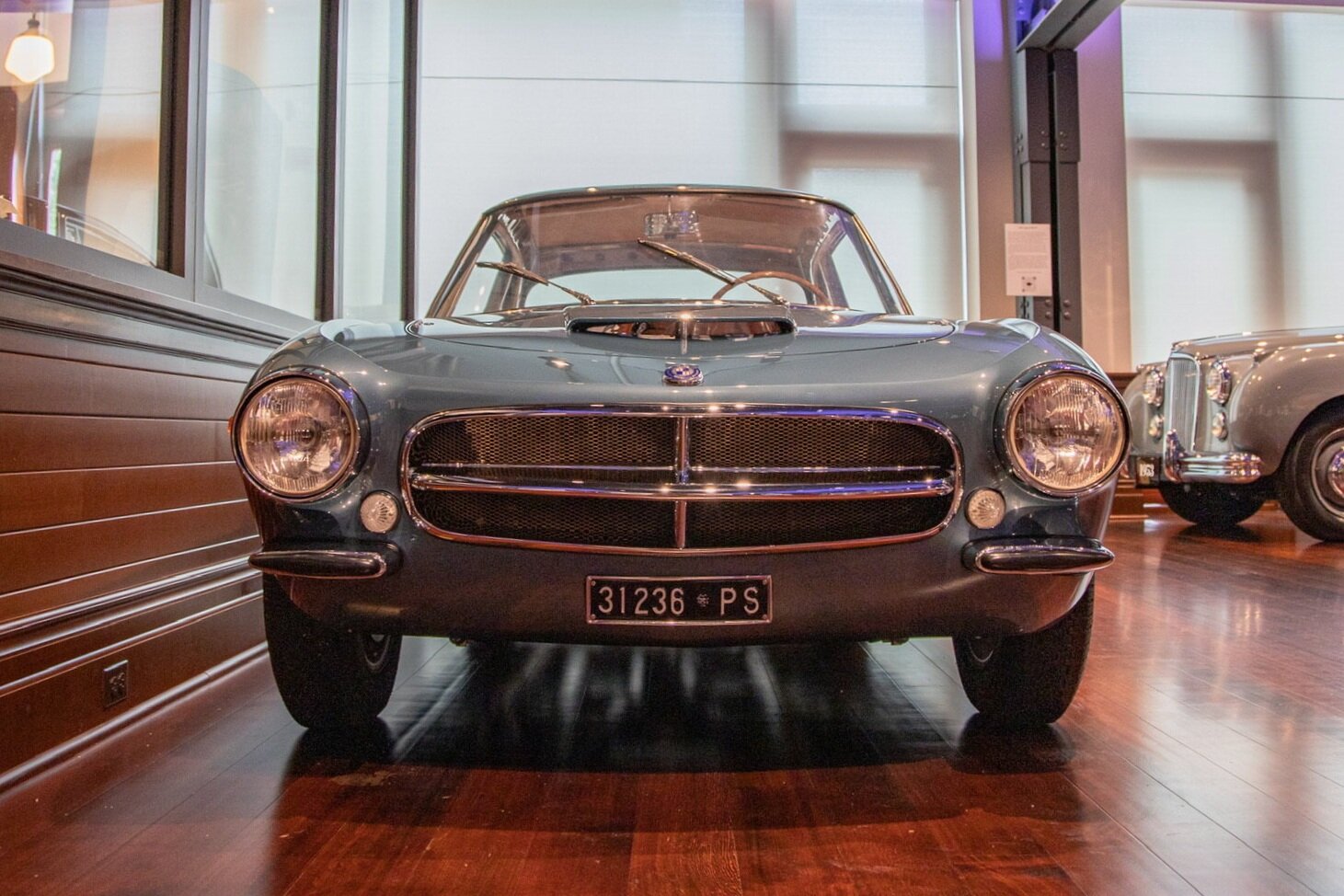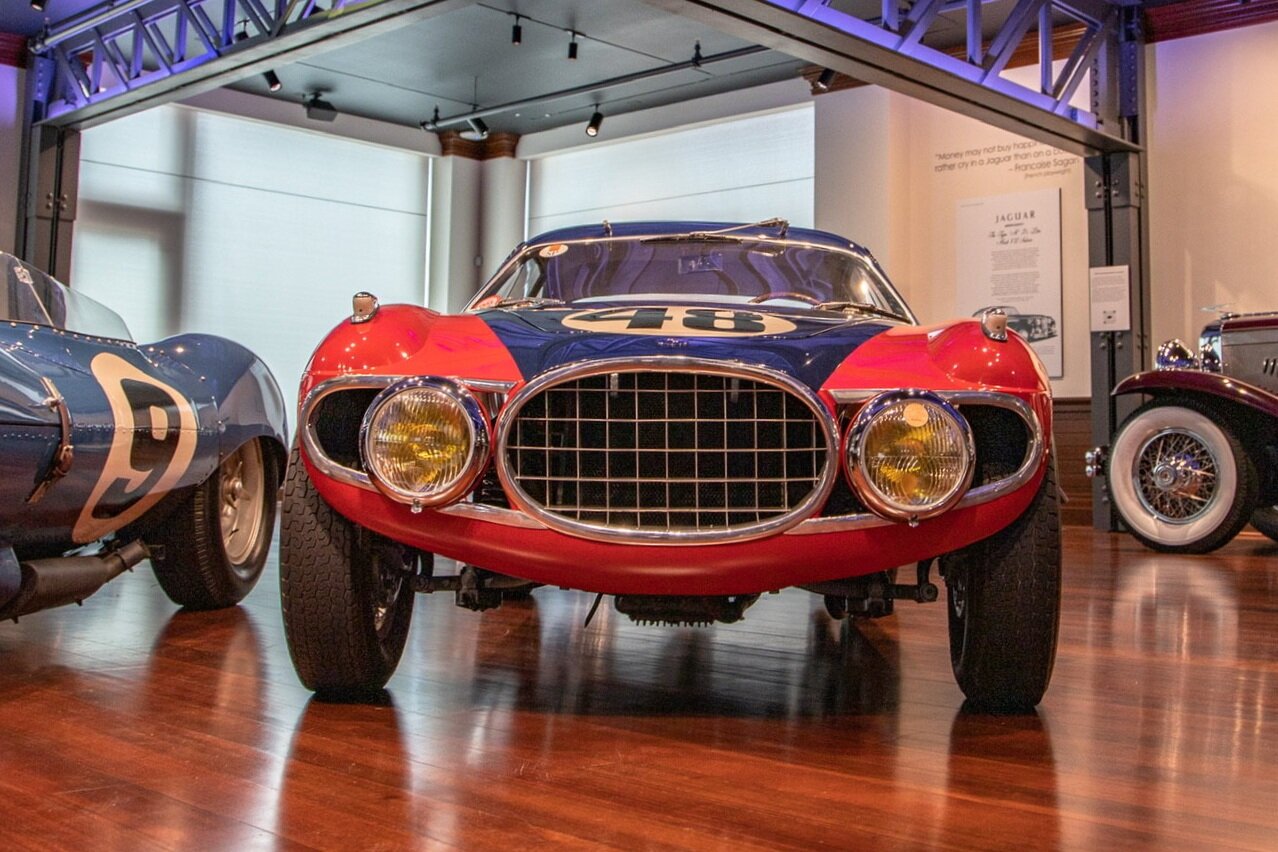1952 OSCA MT4 LM #1120 Vignale Berlinetta
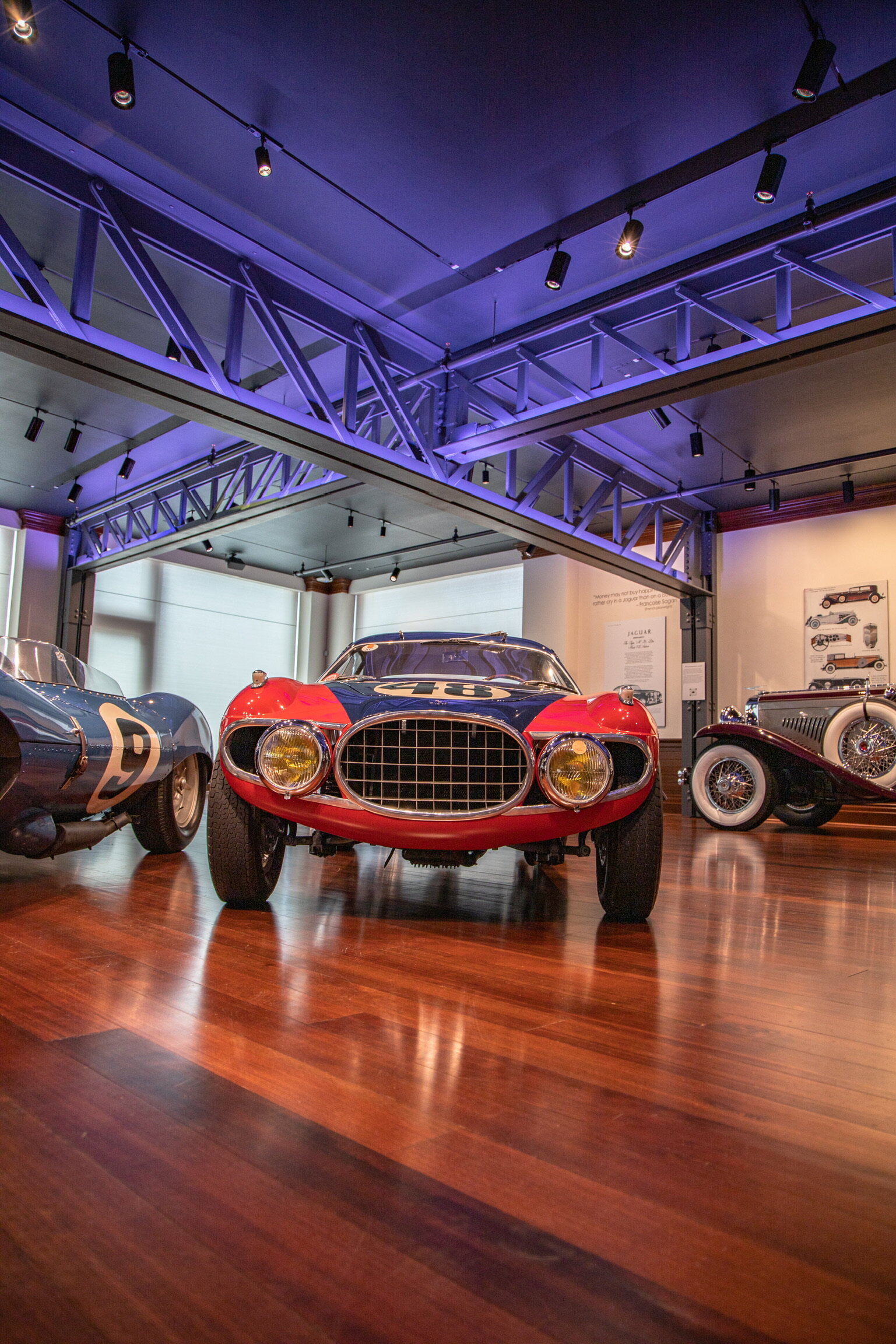
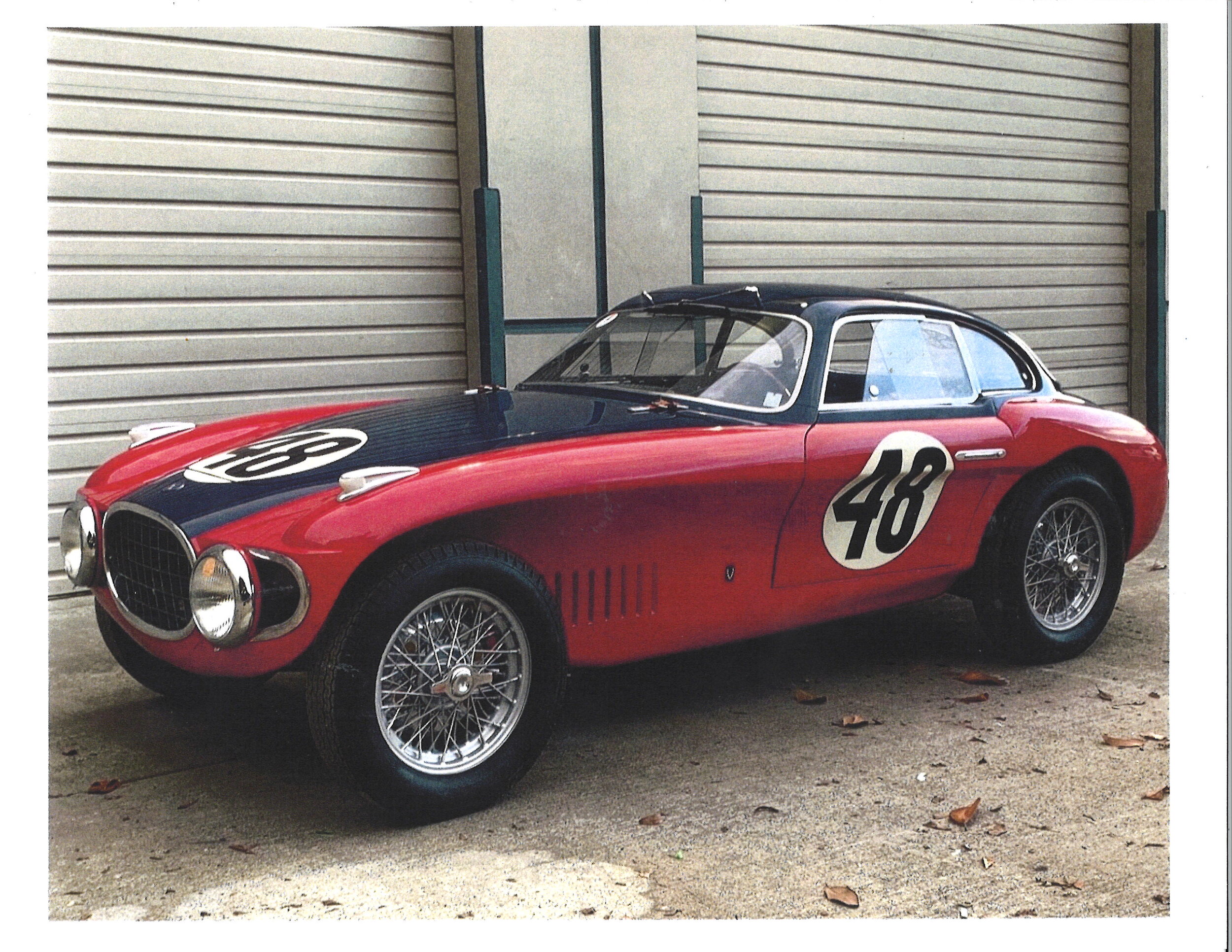
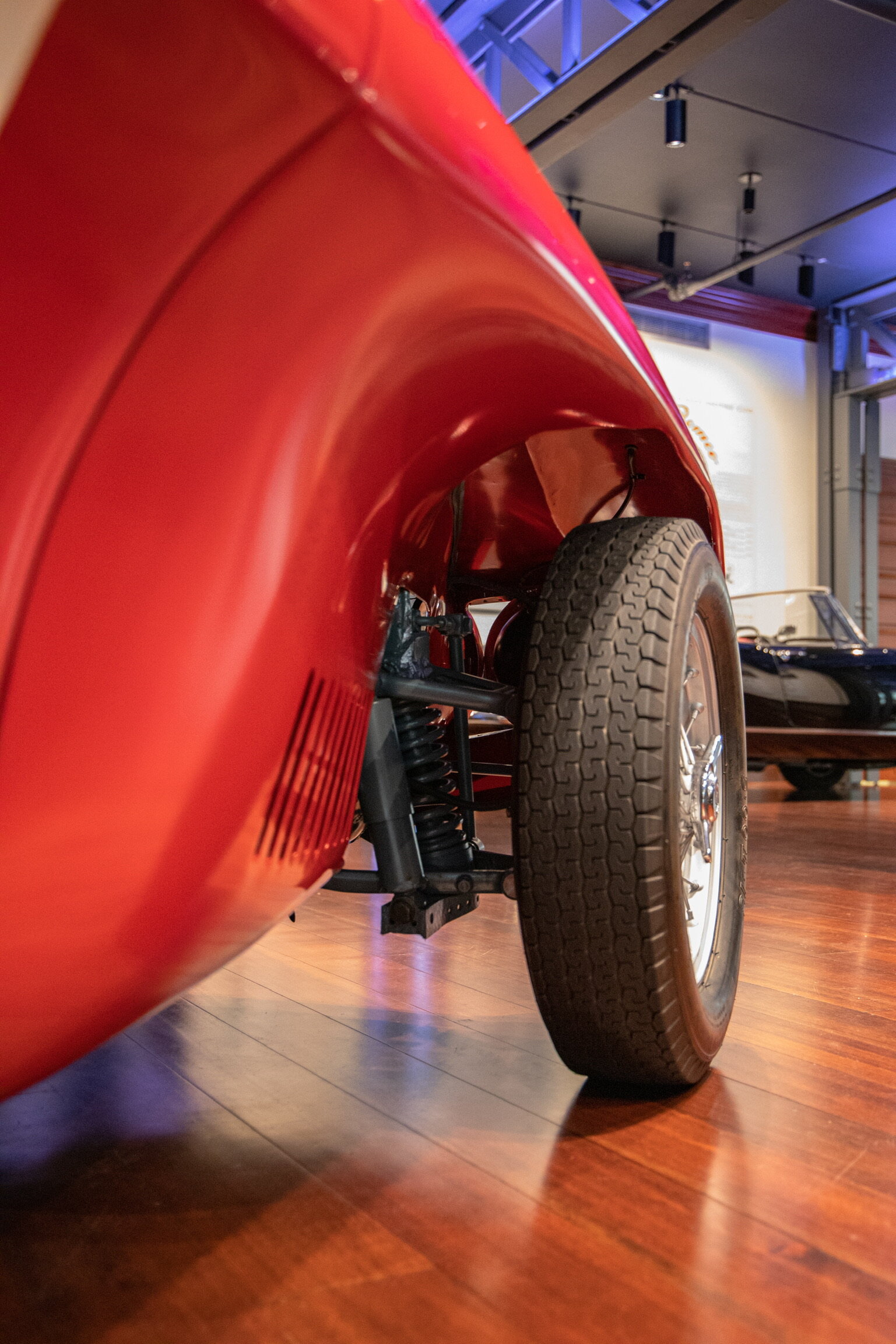
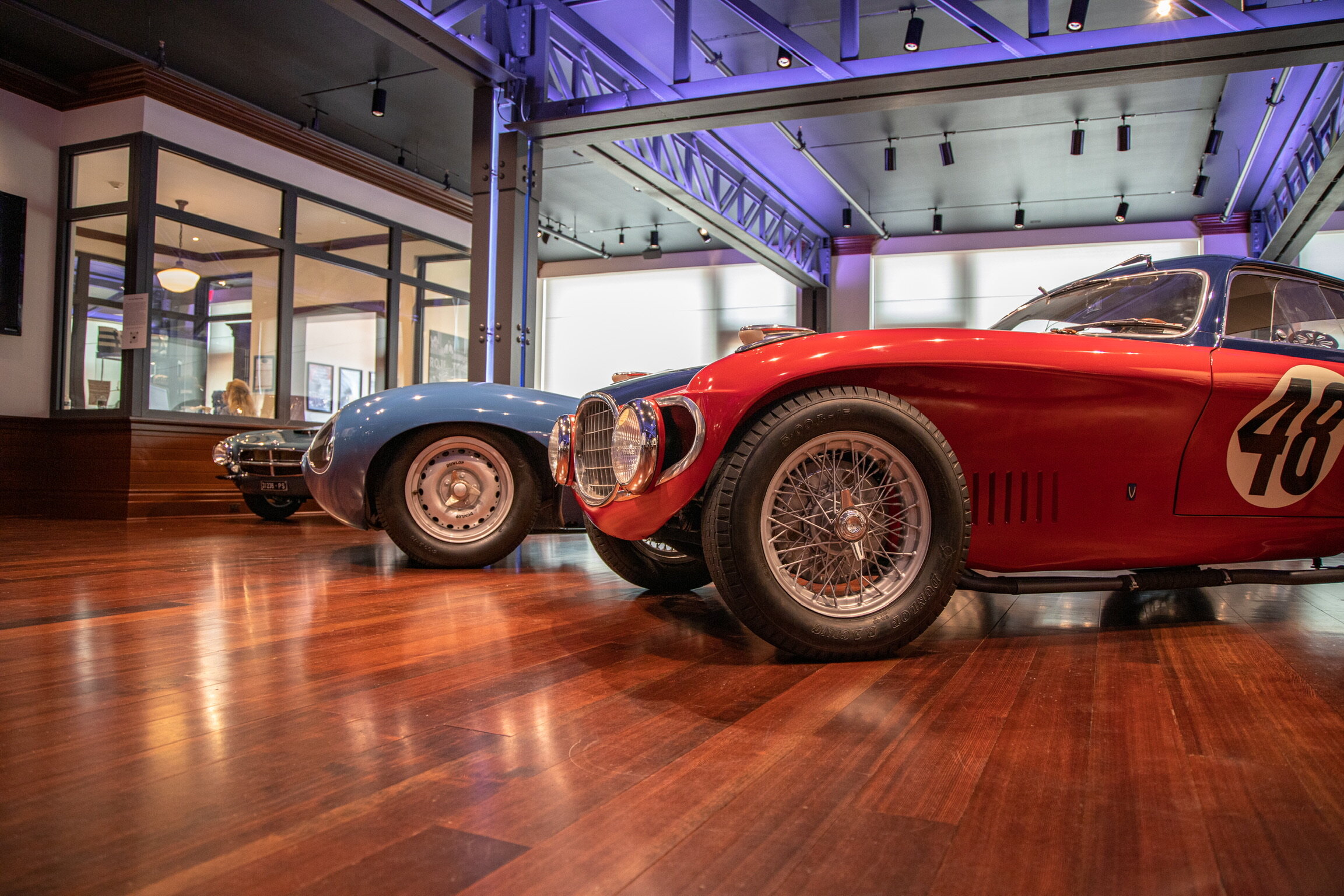
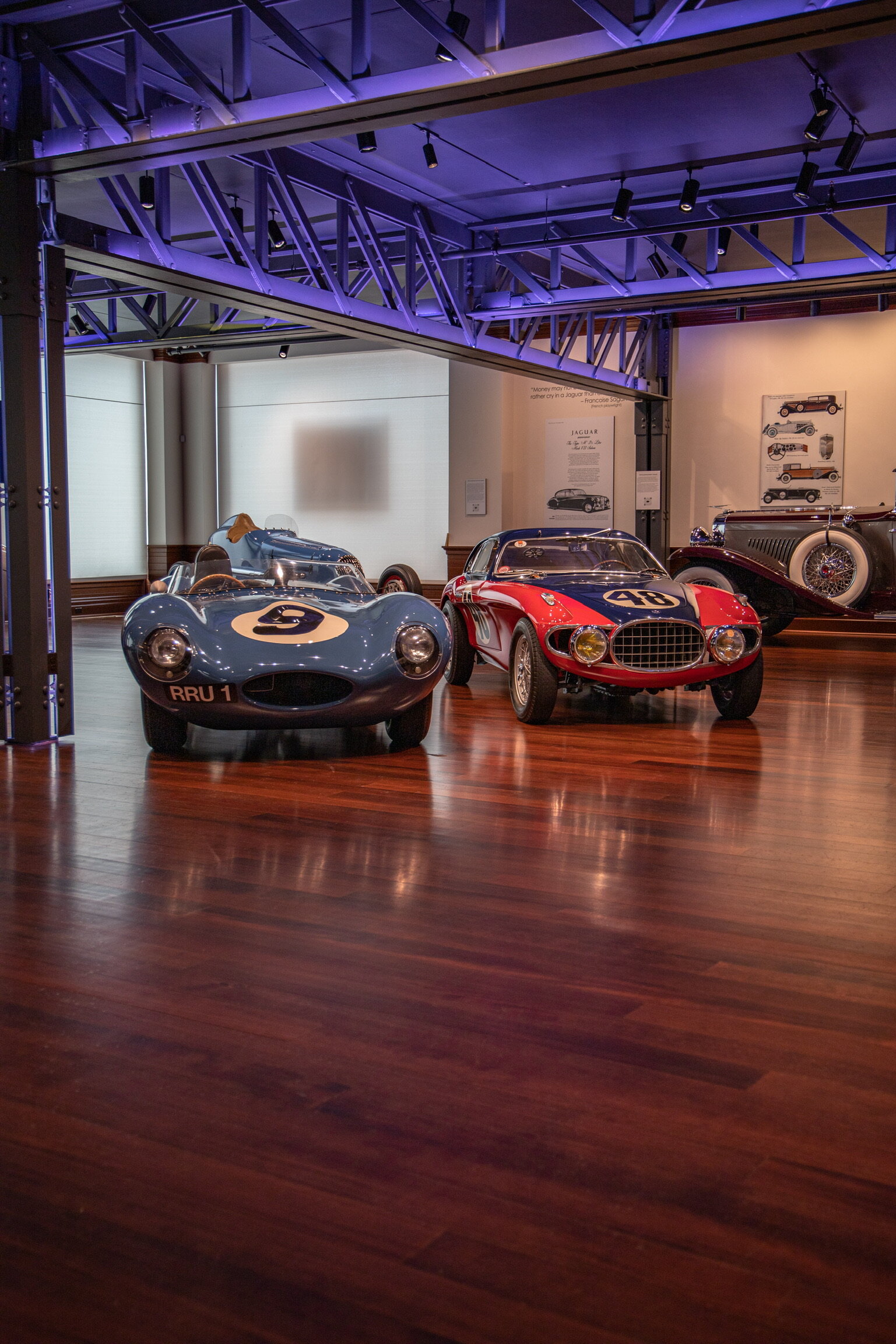
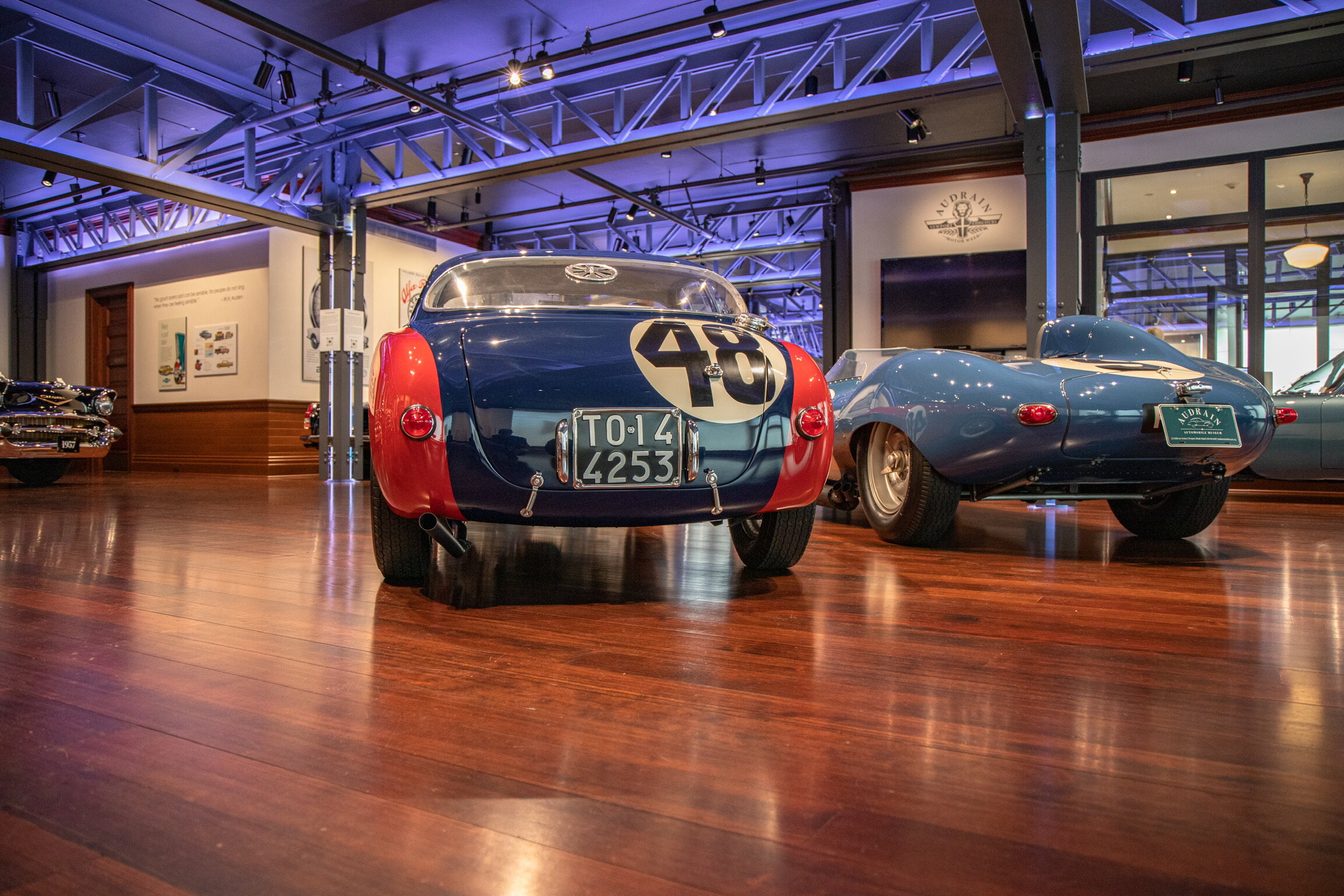

This 1952 OSCA MT4 Vignale coupe was commissioned by Dr. Mario Demonte and designed by Giovanni Michelotti. Most notable in its competition history is its class win in the 1953 24 Hours of Le Mans. The car was victorious again the next year when it piloted by Michel Collange and David Speroni who won its class at the Buenos Aires 1000km. The car was then brought back to Europe to compete in the Grand Prix of Reims and the Tour de France but had little luck.
After its racing career, it was purchased by a Japanese car collector, but eventually made its way to the United States in the early 2010s. Additionally the car has been shown at concours events such as the 2016 Concours on the Avenue in Carmel, and the 2017 Concorso d’Eleganza Ville d’Este. Restored recently to its original colors and details, it shows brilliantly the union of style and function typical of the best of the OSCA marque.
Prior to racing in this OSCA, Dr. Mario Damonte was a successful chemist in Turin, Italy. With his sights set on Le Mans, Vignale completed the radical yet extremely functional coupe with innovative features to improve the car’s performance. The minimalistic wheel arches allow better engine ventilation and also improve airflow to the brakes. All the entire front grille channeled air to the engine intakes – the front headlights were the only obstacle for intake air.
In the brands debut at Le Mans, the OSCA arrived confidently at Le Mans to challenge the more established cars in the 1500cc class. With Dr. Damonte and his co-driver Martial piloting the MT4, the racers drove 19 hours before the car broke down with a bad clutch. The drivers pushed the car more than two miles to the pits, though the team determined that the clutch could not be fixed, and the OSCA would have to retire.
In order for the OSCA to participate at Le Mans the following year, both the body and motor were changed. The headlights now became fully enclosed in the front of the car, and the motor was changed to a 1099cc four-cylinder, to allow the car to compete in the 1100cc class. Now with no paint, the body was polished aluminum, still wearing #48. In its return to the grueling 24 hour race, the car saw much more success in 1953, winning first in its class.
Collection of Phil White
Specifications:
Configuration: Front Engine, Rear Wheel Drive
Engine: 1.1 Litre Inline Four
Horsepower: 92 @ 6,600 RPM
Transmission: 4-Speed Manual
Top Speed: 100 MPH+
Curb Weight: 1,654 Pounds




